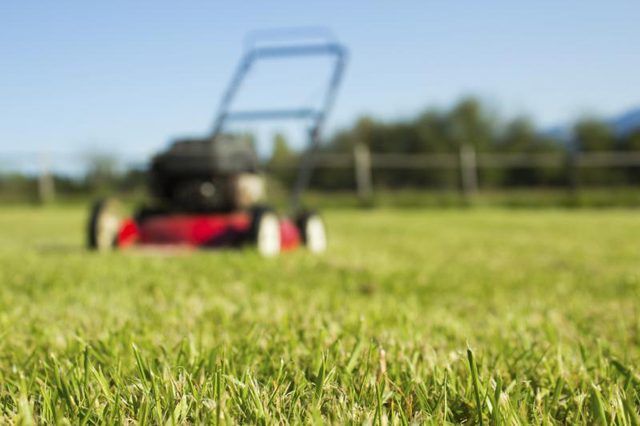Bulbs
Flower Basics
Flower Beds & Specialty Gardens
Flower Garden
Garden Furniture
Garden Gnomes
Garden Seeds
Garden Sheds
Garden Statues
Garden Tools & Supplies
Gardening Basics
Green & Organic
Groundcovers & Vines
Growing Annuals
Growing Basil
Growing Beans
Growing Berries
Growing Blueberries
Growing Cactus
Growing Corn
Growing Cotton
Growing Edibles
Growing Flowers
Growing Garlic
Growing Grapes
Growing Grass
Growing Herbs
Growing Jasmine
Growing Mint
Growing Mushrooms
Orchids
Growing Peanuts
Growing Perennials
Growing Plants
Growing Rosemary
Growing Roses
Growing Strawberries
Growing Sunflowers
Growing Thyme
Growing Tomatoes
Growing Tulips
Growing Vegetables
Herb Basics
Herb Garden
Indoor Growing
Landscaping Basics
Landscaping Patios
Landscaping Plants
Landscaping Shrubs
Landscaping Trees
Landscaping Walks & Pathways
Lawn Basics
Lawn Maintenance
Lawn Mowers
Lawn Ornaments
Lawn Planting
Lawn Tools
Outdoor Growing
Overall Landscape Planning
Pests, Weeds & Problems
Plant Basics
Rock Garden
Rose Garden
Shrubs
Soil
Specialty Gardens
Trees
Vegetable Garden
Yard Maintenance
How to Identify Creeping Bentgrass Weed
How to Identify Creeping Bentgrass Weed. Creeping bentgrass (Agrostis stolonifera and Agrostis palustris) is a cool-season perennial grass that is used as turf for outdoor recreational activities such as golf, lawn tennis and lawn bowling, and as forage for livestock. Because creeping bentgrass is considered notably high-maintenance, it is rarely...

Creeping bentgrass (Agrostis stolonifera and Agrostis palustris) is a cool-season perennial grass that is used as turf for outdoor recreational activities such as golf, lawn tennis and lawn bowling, and as forage for livestock. Because creeping bentgrass is considered notably high-maintenance, it is rarely used for home lawns. Some people consider the grass a weed because it can establish in lawns and crowd out desirable grass species. It can be identified with careful and close observation.
Narrow, Flat Leaves
Creeping bentgrass is dull green with flat, narrow leaf blades that are ribbed on the upper surface and smooth on the underside. The leaf blades are hairless, tapering to a pointed tip, and are rolled in the leaf bud. Between the leaf sheath, which envelopes the stem, and the leaf blade is the ligule, a white or greenish white collar. Creeping bentgrass lacks auricles, the lobes found at the base of the sheath or leaf blade in some other grass species.
Purple or Red Panicles
The grass species' seed head is a panicle, or branched cluster of single-flowered spikelets, which may branch outward to the side or stick close to the stem. The slender seed heads are purple or reddish and range from about 2 to 8 inches long and up to 2 inches wide. The reddish, greenish or gray seeds are very tiny and lightweight with a long, linear shape. Up to 1 pound of seeds are needed to grow 1,000 square feet of turf.
Dense Turf
Creeping bentgrass grows from roots known as stolons. These deep, aggressive stolons form an extremely dense mat of growth or thatch, a tangle of living and dead organic matter. Creeping bentgrass' thick layer of thatch is one of the reasons the grass is considered high-maintenance; regular dethatching is necessary for the turf to thrive and look its best. The grass may reach a height of 4 to 18 inches.
Cool Habitat
A native of Eurasia and North Africa, creeping bentgrass grows in cool, humid, slightly acidic -- 5.5 to 6.5 pH -- conditions, performing well in the northeastern United States and doing poorly in the hot, humid conditions of the U.S. South. The No Mow variety of creeping bentgrass is hardy in U.S. Department of Agriculture plant hardiness zones 3 through 6, where it grows in sunny or lightly shaded sites with well-draining soil, such as sand enhanced with organic matter. The No Mow variety may tolerate drought better than the original creeping bentgrass.